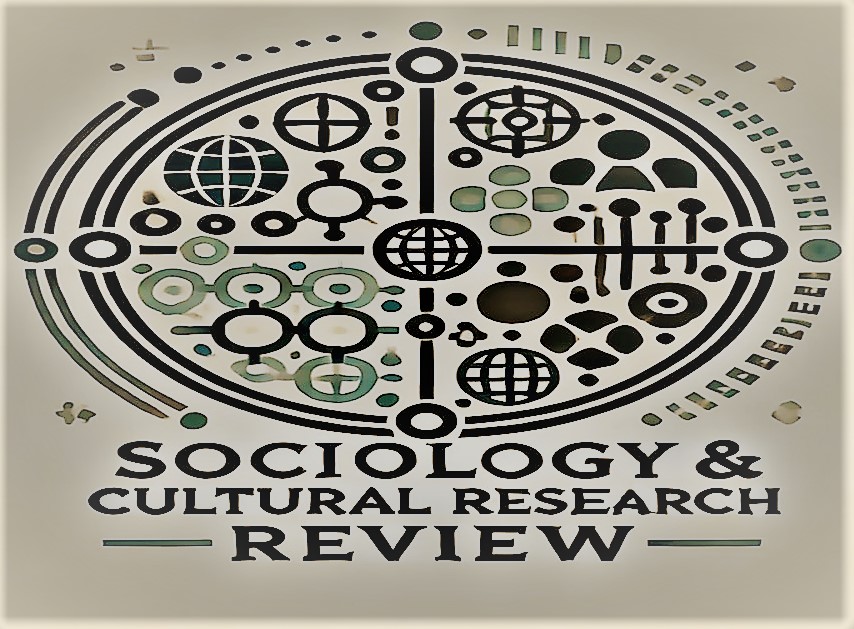A Preliminary Comparative Study of the Grihia Sutra and Islamic Jurisprudence regarding Family Law
Abstract
This article presents a comparative study of family law and its principles between Two distinct religious frameworks: The Grihya Sutra of Hinduism and Islamic jurisprudence (Fiqh). The study sheds light on the structural, moral, and spiritual dimensions of family life as conceived in both traditions, aiming to identify both convergences and divergences without asserting superiority. In Grihya Sutras, the family is a socio-religious unit built around ritual practices such as Vivaha (marriage), Upanayana (initiation), and Pakayajna (household sacrifices), with strong emphasis on Vedic mantras, sacred fire, and caste-based roles. Unlike some other systems, Islamic family law focuses on fairness, shared responsibilities, and being accountable to God in areas like marriage, parenting, inheritance, and everyday life. It supports a balanced approach where both husband and wife have rights and responsibilities, based on teachings from the Quran and the Prophet’s example. This study takes a close look at the roles of husbands and wives, parenting duties, religious responsibilities, and how divorce is understood. While Grihya Sutras reflect a ritualistic and hierarchical model, Islamic jurisprudence presents a more egalitarian and practical approach. This comparative analysis fosters interreligious understanding, offers insights into the foundational ethics of both systems, and underlines the need for contextual interpretations in modern multicultural societies.
Keywords: Grihya Sutra, Arthashashtra, Family Law, Hinduism, Islam, Islamic Jurisprudence Religious Ethics




